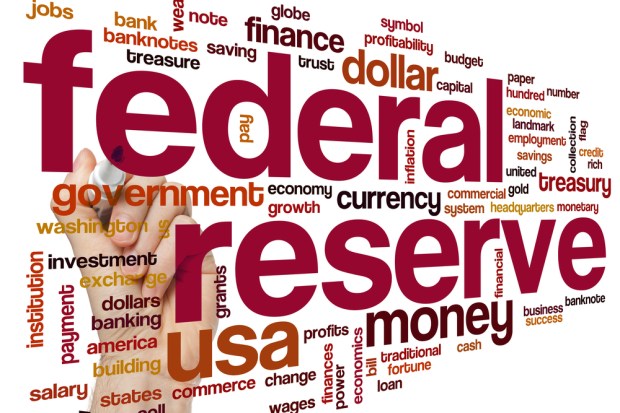Economic Growth Under Trump, No Surge, Says Fed

Economic growth may pick up a bit during the Trump era, but don’t count on a rocket-fueled rally in GDP acceleration.
That’s the consensus of the recent meeting of the Federal Reserve, detailed in minutes from that December huddle released this week and reported on by the New York Times.
Growth may, in fact, be tempered a bit by the interest rate hikes that are in the cards for 2017 — a likely scenario if growth quickens in the U.S. during the year. As has been widely reported, the Fed boosted rates last month, the second time in eight years, and that hike was tied to a tightening labor market and continued economic growth.
The Times said the Fed approach for now is one of wait-and-see — and two types of growth, faster or slower, are “more likely” than before the surprise of November 2016 that swept Trump into office, a projection that implies steady-state momentum is not in the cards.
In one comment on the minutes detailed in a note by Michael Gapen, chief U.S. economist at Barclays, rate hikes may be kept in reserve.
“While the Fed signaled that it would likely respond to expansionary fiscal policies with a faster pace of rate hikes, the Fed believes it is too early to embed this into its baseline,” Gapen said, adding that “any real shift in the stance of monetary policy will require more clarity on the stance of fiscal policy.”
The minutes themselves said that individuals at the meeting “emphasized their uncertainty about the timing, size and composition of any future fiscal and other economic policy initiatives as well as about how those policies might affect aggregate demand and supply.”
Should the new administration’s policies on tax cuts and public works spending bring growth to what might be regarded as a pace too hot to handle, with accelerating inflation, the thinking follows, rate hikes would quicken.
Thus a cautious outlook on the impact of such policies seems to reign. The Times noted that the economic forecast given by the Fed for that meeting hinges on “slightly higher” growth through several years. Fiscal stimulus would be offset at least in part by rate hikes and the strength in the dollar (weighing on export activity).
